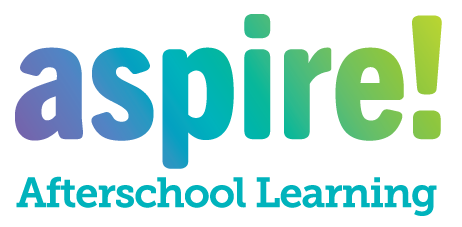Afterschool’s Role in Closing the Opportunity Gap

Afterschool Nationwide
Nationwide, for every one child enrolled in an afterschool program, three are on a waitlist. While over nine in ten parents report satisfaction with afterschool programs, many face obstacles in accessing them, leading to a persistent afterschool opportunity gap that impact historically underserved families. 57% report that the programs are too expensive, 53% cited transportation issues, and 42% say there’s no program available in their community. A gap remains between need and open spots, leaving many families with limited resources no way to access or afford the opportunities that afterschool programs provide.

Afterschool programs are more critical than ever. The latest NAEP results show significant declines in student academic progress over the 2020-2022 period. Afterschool programs provide additional support for students who would benefit from it, build upon and enhance the learning taking place in school classrooms during the day, and help close the educational opportunity gap. After COVID and distance learning, we know that recovery alone isn’t enough and schools can’t make up for missed learning alone. Students need opportunities to reach their full potential, not just catch up.
Afterschool in Virginia
Virginia is experiencing many of the same trends as other states, with participation in afterschool programs down, despite the growing demand. Recently, the Virginia Partnership for Out-of-School Time (VPOST) launched its Out-of-School Time (OST) Access Map, which maps the location of such programs against factors like poverty, working parents, and the density of the school-aged population in a county. This project reveals that many census tracts with high rates of poverty lack access to an OST program. In fact, only 31% of children who participate in OST programs in Virginia are from low-income households. Northern Virginia, in particular, has more mapped OST programs than many parts of the state, but only a handful are located in the areas with the highest poverty rates.

In Virginia, as of 2020:
- 602,302 children would participate in an afterschool program if one were available to them.
- On average, children spend 5.8 hours/week alone and unsupervised after school.
- For every one child enrolled in an afterschool program, four are on a waitlist (higher than the national average).
Afterschool at Aspire
In light of this data, where does Aspire fit in? Aspire is seeing record enrollment and has a waiting lists at all three of our program sites. At the same time, many of our students are testing much further behind past cohorts due to pandemic related lost learning. This school year, Aspire is providing afterschool services to over 120 historically underserved students in grades three to eight. Many of these students are referred to Aspire by their schools, who recognize that the students would benefit from additional support. Others join because their parents may work full-time or speak a language other than English, making it challenging to provide their children with academic support.
The educational opportunity gap only widened during COVID, as shown in the NAEP results and the disparities in afterschool program enrollment nationwide. Aspire is committed to closing this gap and not leaving any of our students behind. Our ultimate goal is not just to improve students’ academics, but to help them build thriving futures.

We also believe in working with our community and families to build support for our students in every aspect of their life, not just in academics. As part of this work, we provide a healthy snack for students when they arrive, partner with affordable housing locations to reduce transportation barriers, have daily social-emotional lessons, and provide opportunities for students to direct their own education. For instance, students participate in weekly hands-on project guilds to reinforce and accelerate learning, build confidence, and instill a life-long of learning. Our project guilds this year include playwriting, mad scientists, chess, and crafting.
The OST Access Map shows that the census tract Aspire serves has a poverty rate of 19.3% (higher than the statewide poverty rate of 10.2%) and has a high indicator of need score (composed of factors like socioeconomic status, minority/language status, housing/transportation status, and household composition/disability status). But we’re one of only two OST programs operating in this area.
There are many other areas with similar needs that have even less access to OST programs. The OST Access Map shows how far Virginia still has to go to ensure equitable access to these critical sources of support for students. Aspire is proud to be part of the many programs in Virginia offering support, but we also recognize the need to expand and strengthen this network to provide all students with high-quality OST programming.

Our new three-year strategic plan acknowledges that need as we work to increase the number of students we serve, while ensuring that we maintain the quality of our programs and the 1:1 attention students receive. We’ve already increased the number of students we serve by 50% from last year alone, and we’re excited to be able to meet more of the need in our community.
Additionally, we’re making sure that students most impacted by the opportunity gap can access our programs by keeping programs at no cost to families and having locations near where our families live. These efforts are designed to help our students, families, and community grow and thrive.
The time to invest in students is now.
